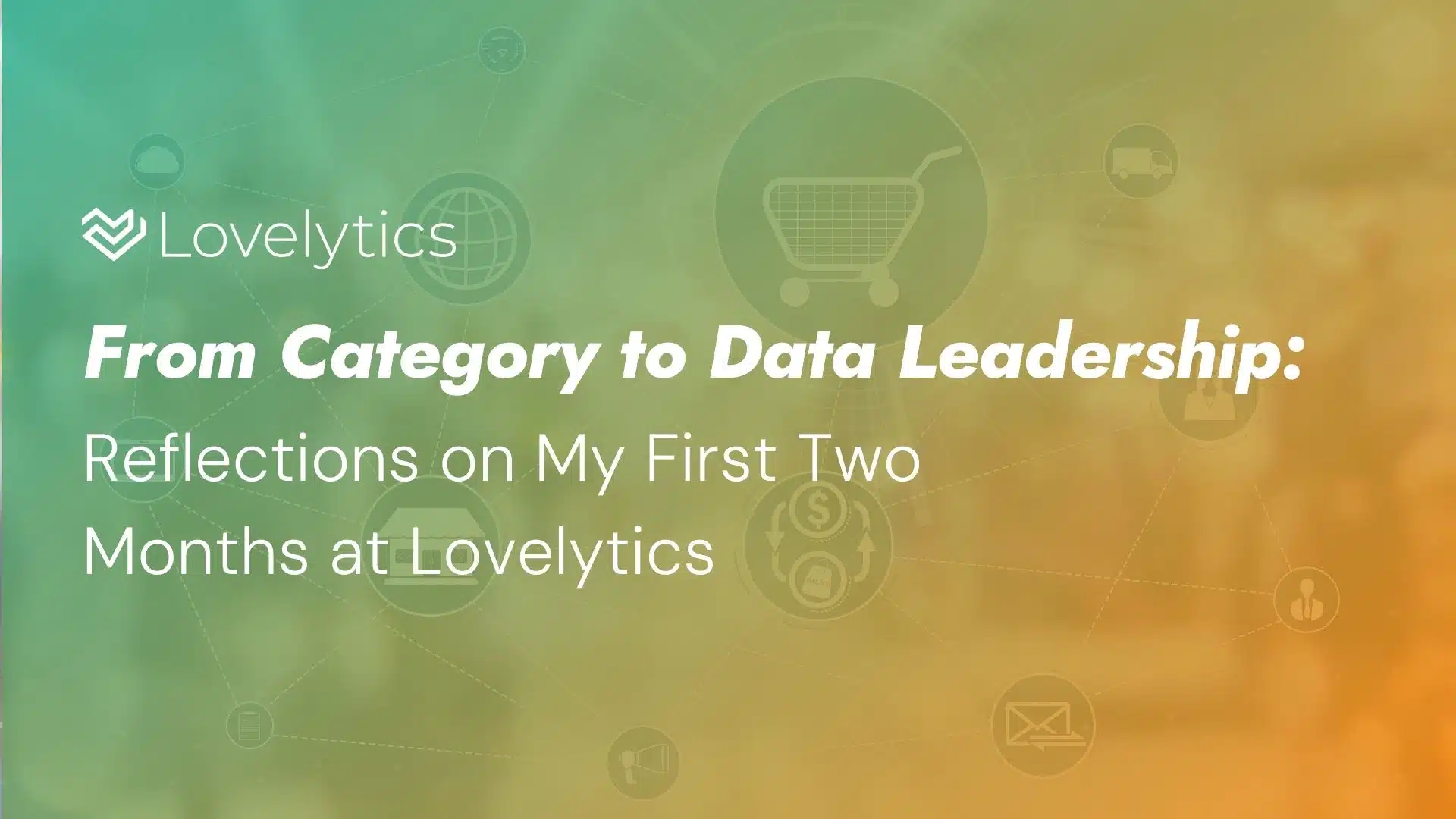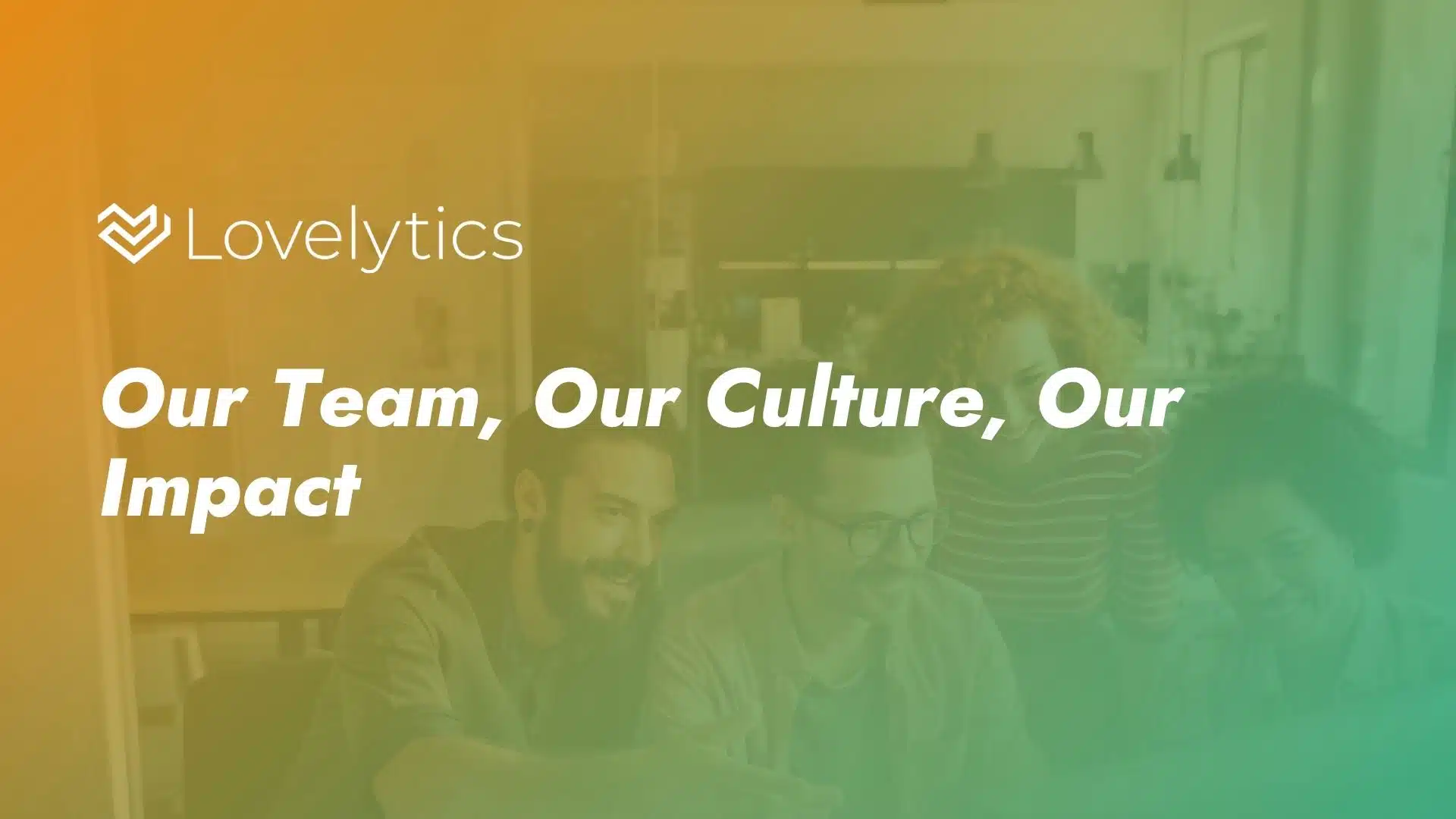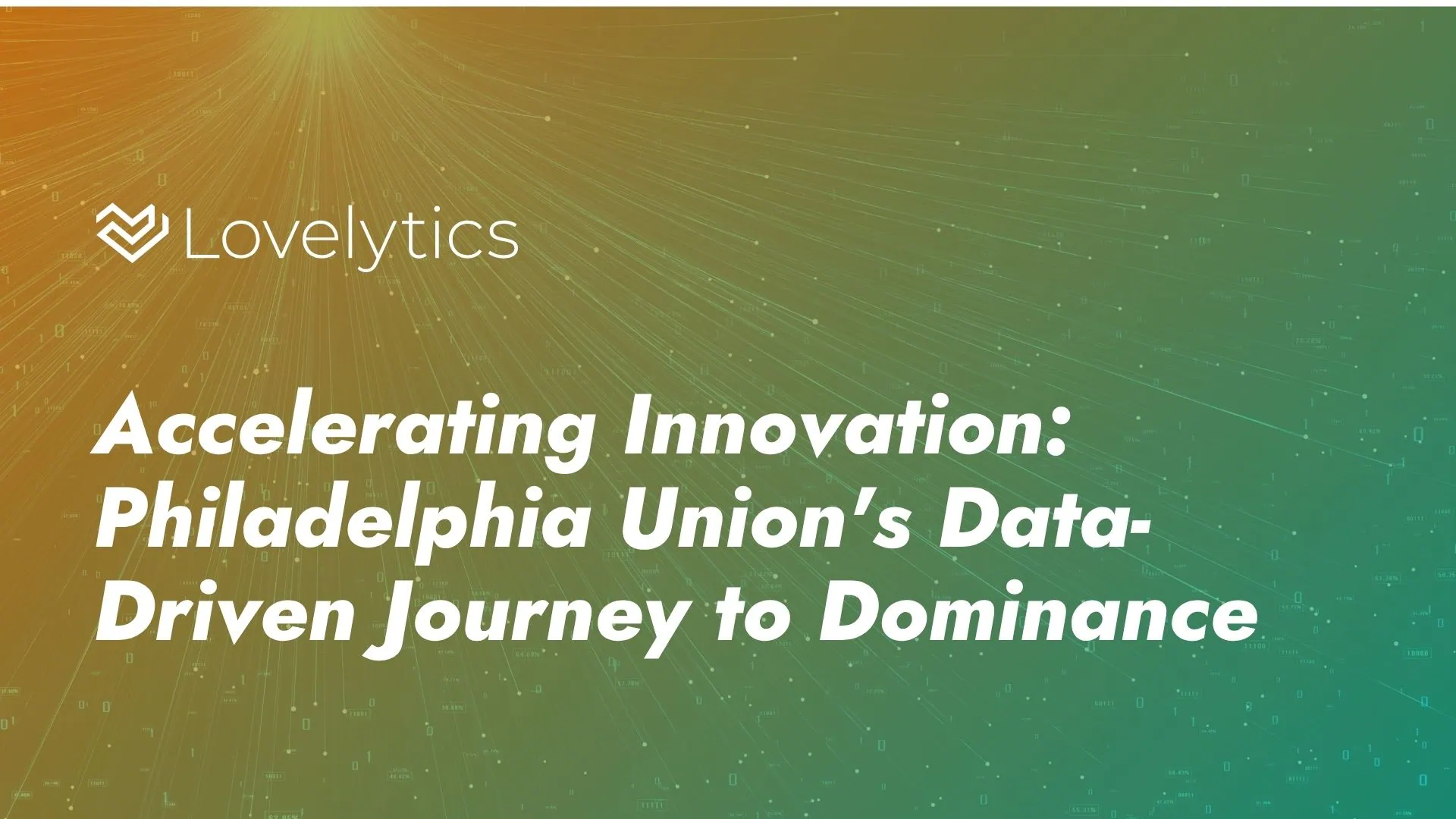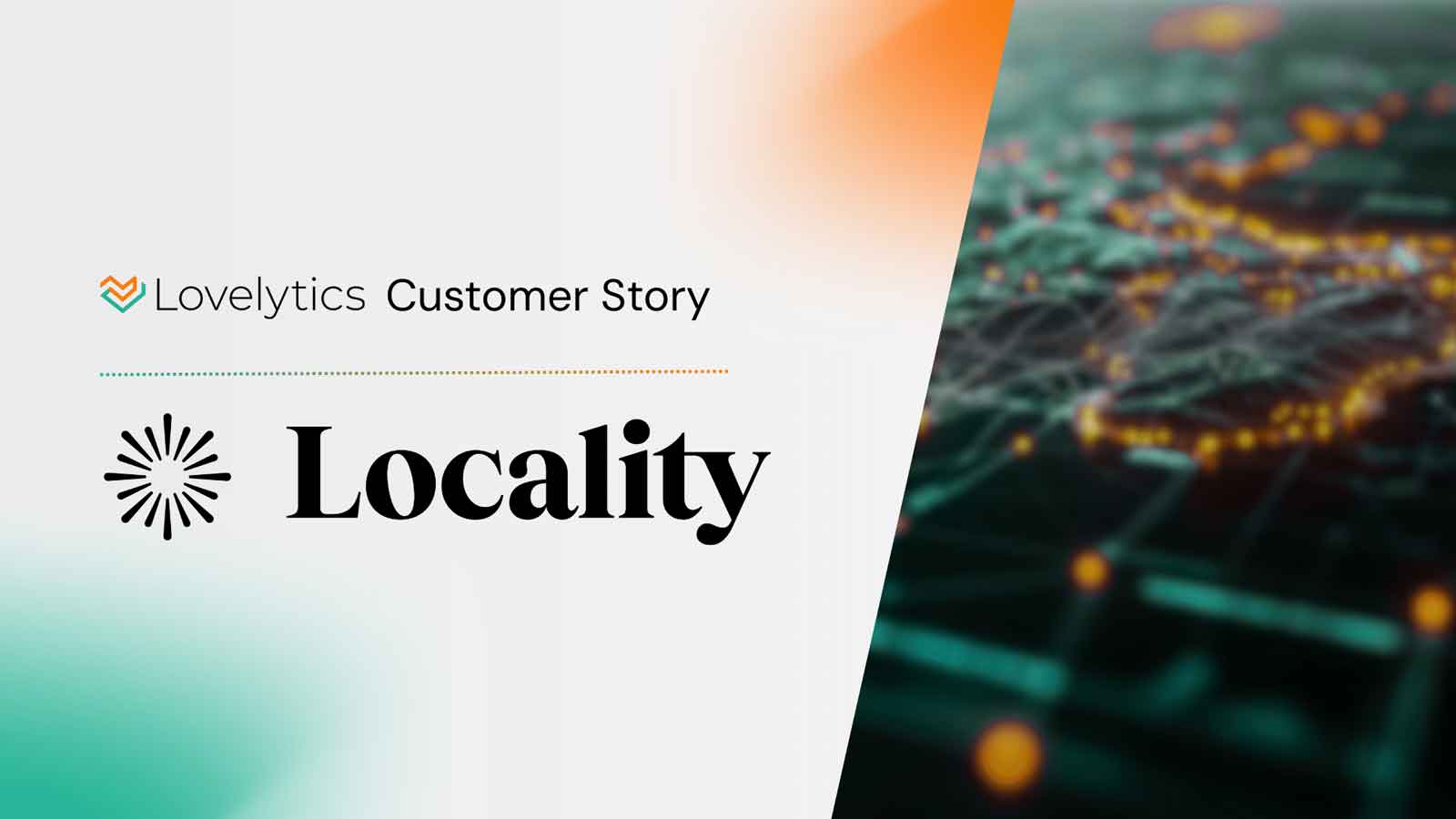Generative AI
Pioneering Intelligence: Advancing Business Success With Generative AI
Lovelytics is redefining what’s possible with Generative AI by harnessing Databricks’ AI assets, foundational models, and GenAI frameworks to accelerate breakthroughs and transformation. Our AI solutions automate workflows, enhance decision-making, and drive measurable business impact—helping organizations move faster, improve efficiency, and scale with confidence.
Inspired by industry leaders like Databricks, we shift the focus from general intelligence to data intelligence, ensuring AI is seamlessly integrated into real-world applications. With an ‘AI in the Loop’ approach, we enhance human expertise through Cognitive Architectures that drive productivity, innovation, and intelligent decision-making—giving organizations the fuel and creativity it takes to thrive in the new AI economy.

Our Approach

Workflow-Driven Analysis
We break down your business workflows into key tasks, pinpointing where GenAI can deliver the greatest impact and evolve your business in an AI-first world.

Task Evaluation
We assess each task to determine how GenAI can optimize processes and innovation, using foundational and emerging AI capabilities.

Value-Based Analysis
We prioritize tasks with the highest ROI and strategic impact, ensuring GenAI delivers measurable value where it matters most.

Cognitive Architecture Design
We design custom Cognitive Architectures, integrating multiple AI systems for seamless, intelligent workflow automation.

Implementation and Integration
We seamlessly deploy and integrate AI solutions into your existing infrastructure, boosting efficiency and productivity.

Continuous Optimization
We offer ongoing support and refinement to ensure your AI systems evolve with your business needs.

Offerings
Level 1: Chatbots and Virtual Agents
Enhance User Experience and Reduce Operational Costs with Conversational AI for Customer Support and Internal Help Desks
Description: Implementing Retrieval Augmented Generation (RAG) patterns, leveraging your data assets, for conversational AI in customer support and internal help desks to provide efficient and accurate responses, enhance user experience, and reduce operational costs.
Example Use Cases:
Customer Service Automation: Automating customer inquiries and support tickets, providing real-time responses and solutions, based on your customer services processes.
Internal IT Help Desk: Assisting employees with IT issues, guiding them through troubleshooting steps, and resolving common problems.
HR Support: Answering employee questions about policies, benefits, and procedures, streamlining HR operations.
Level 2: Intelligent Information Analytics
Advanced Information Analytics with Generative AI
Description: Leveraging LLMs for sentiment analysis, summarization, translation, entity extraction, and document analysis to transform raw unstructured data into actionable insights, enabling informed and efficient decision-making.
Example Use Cases:
Market Sentiment Analysis: Analyzing social media and news data to gauge public sentiment about products, brands, or market trends. Creating actionable summaries and reports based on the data.
Documentary and textual analysis: Analyzing lengthy documents, extracting entities, identifying risk and trends, and generating concise reports for executive review.
Structured Data Analytics: Empowering users to query structured data using natural language, simplifying data analysis and making insights more accessible across the organization.
Level 3: Reasoning and Acting
Adaptive Decision-Making and Process Optimization
Description: Using the ReAct pattern for adaptive decision-making, rationalizing information, and optimizing processes to improve efficiency and effectiveness across various business operations.
Example Use Cases:
Supply Chain Optimization: Using adaptive decision-making to respond dynamically to supply chain disruptions, optimizing logistics in real-time for cost and efficiency.
Risk Management: Employing reasoning patterns to assess and mitigate risks by analyzing complex data and making informed decisions to prevent potential issues.
Operational Efficiency: Implementing AI-driven process optimization to streamline operations, reducing bottlenecks and improving overall workflow efficiency through intelligent automation.
Level 4: Compound AI Systems
Integrated AI Solutions for Complex Automation
Description: Integrating AI components like custom ML models, GenAI models (language and multi-modal), tools, and workflow automation to create robust and scalable AI systems that drive innovation and operational excellence.
Example Use Cases:
Intelligent Customer Service: Integrating custom NLP models with GenAI to create a dynamic customer service platform that not only answers queries but also predicts customer needs by analyzing historical interaction data. This system can suggest products, anticipate complaints, and streamline support based on real-time sentiment analysis and customer behavior.
Personalized Marketing Campaigns: Using a combination of custom predictive analytics models and GenAI to design personalized marketing campaigns. By analyzing customer purchase history, preferences, and real-time engagement, the system generates customized content, timing, and channel strategies for each customer, enhancing conversion rates and customer satisfaction.
Healthcare Decision Support: Combining GenAI with custom ML models to assist healthcare professionals in diagnosing and treating patients. The system analyzes patient history, genetic data, and real-time health metrics, providing actionable insights and personalized treatment recommendations, while also automating routine administrative tasks like report generation and patient communication.
Level 5: Autonomous AI Agents
Deploying Autonomous AI for Goal Achievement
Description: Leveraging autonomous AI agents to independently achieve goals, interact with environments, and execute complex tasks, enhancing productivity and enabling advanced automation capabilities.
Example Use Cases:
Financial Portfolio Management: Deploying autonomous AI agents to manage investment portfolios. These agents can analyze market trends, assess risk factors, and execute trades autonomously, continuously optimizing the portfolio based on real-time financial data and predictive models.
Smart Supply Chain Management: Utilizing autonomous AI agents to oversee supply chain logistics. The agents can dynamically adjust procurement, inventory levels, and distribution routes based on real-time data from suppliers, production sites, and market demand, ensuring efficiency and cost-effectiveness.
Automated Legal Document Review: Implementing AI agents to autonomously review and process legal documents. The agents can cross-reference legal clauses, flag potential issues, and ensure compliance with regulatory standards, significantly reducing the time and effort required by legal professionals while maintaining accuracy.
Featured Insights
Start Your Journey Toward Data-Driven Success
Let Lovelytics be the catalyst for your data-driven journey, delivering AI/ML solutions that perfectly align with your unique ambitions and the visionary goals of tomorrow. Contact us today










